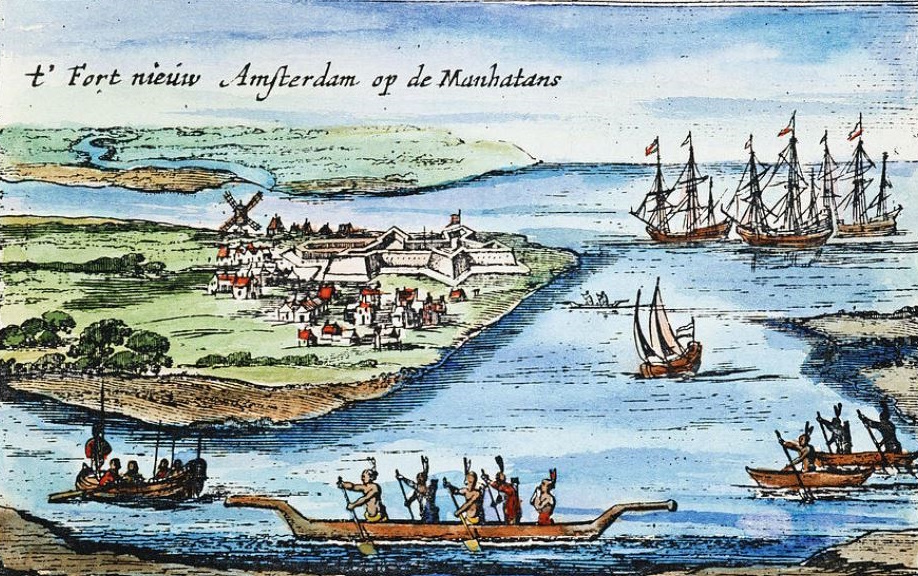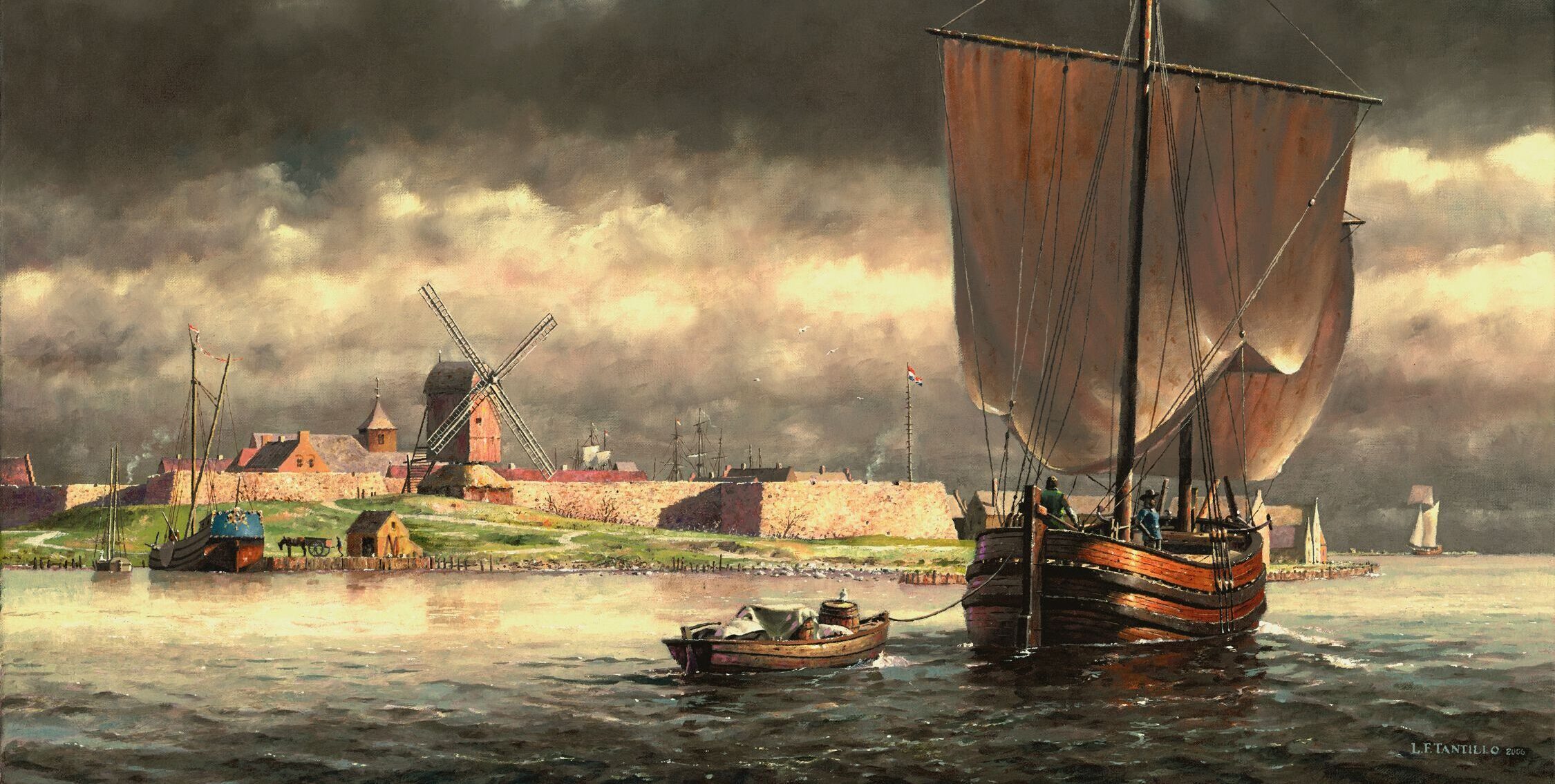We have come together as one to embark on a series of events to commemorate our past, celebrate the present and aim to unify the future.

On the 11th of July, 2022, The Holland Society of New York, The Saint Nicholas Society of the City of New York and The Society of First Families of New York, agreed to form the New York Quadracentennial Committee, Inc. to create a series of events memorializing the 400th Anniversaries of the founding of today’s New York City.
The purpose of the Committee is to affiliate and collaborate with historic, genealogical and research associations whose purpose is to honor their lineages that can be traced back to those who settled in Niew Amsterdam, Manahatta and the South and Hudson River valleys. The Committee’s mission is to enhance and inform public understanding of key historic events that occurred in the years 2024, 2025 and 2026, and the roles played by the original indigenous people, the early European settlers and those indentured or enslaved people brought here during that period of history prior to the Evacuation of 1683.
It was said that eighteen different European languages were spoken on the lower tip of Manhattan, not to mention various Indigenous Native American dialects

Arent Van Curler's bark passes Fort Amsterdam, Manhattan, 1650
Fort Amsterdam had a long and peculiar history. In 1626, the Dutch West India Company directed Kryn Fredericksen to construct a fort at the tip of Manhattan Island. Fredericksen was instructed to build a substantial stone fortification following the specifications of the prototypical 17th century Dutch design. This design took many years to complete. Along the way the fort underwent numerous alterations. The painting depicts this fort as it may have appeared in its final iteration under English control as a stone structure.
Several European explorations came to the New York area, beginning in 1524 with Giovanni da Verrazzano, followed by Henry Hudson in 1609, and continuing with Adriaen Block and Hendrick Christiaensen from 1611 to 1614. In 1624, a group of Dutch traders established Fort Orange near present-day Albany. On May 30, 1624, Cornelius May, the first Director-General, and 30 families established a settlement on Governors Island. In July 1625, Fort Amsterdam was established by Willem Verhulst, the second Director-General. On May 24, 1626, Peter Minuit negotiated the lease of Manhattan Island from the Indiginous Lenape people, which ushered in a large economic enterprise, booming the fur trade between the Indigenous tribes and Europeans.
